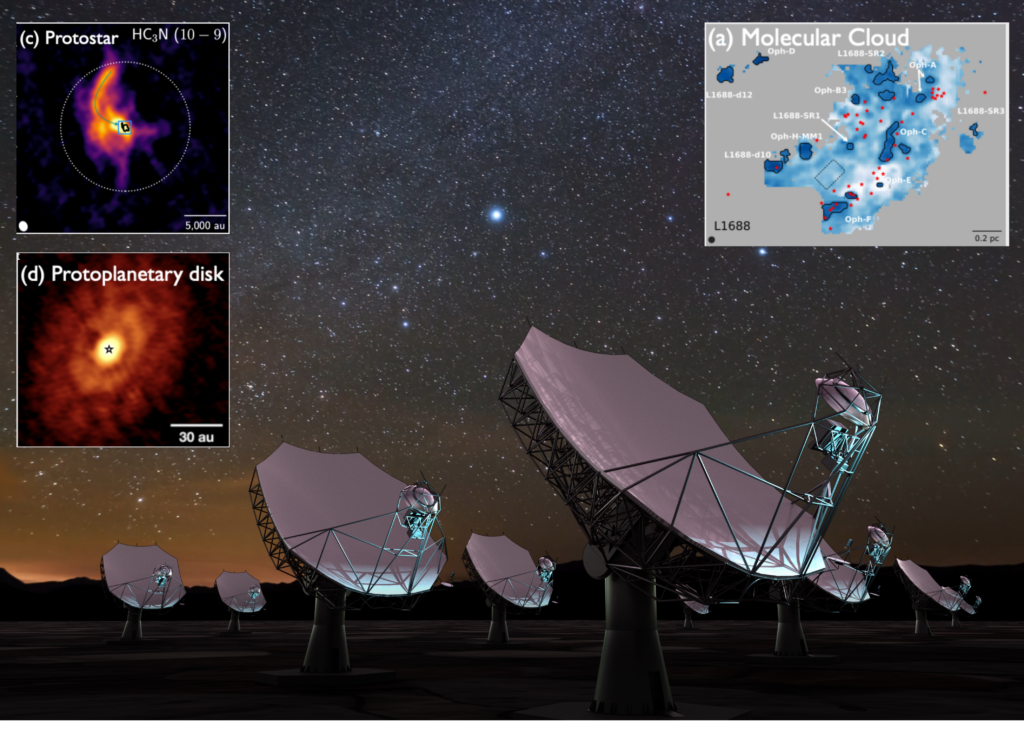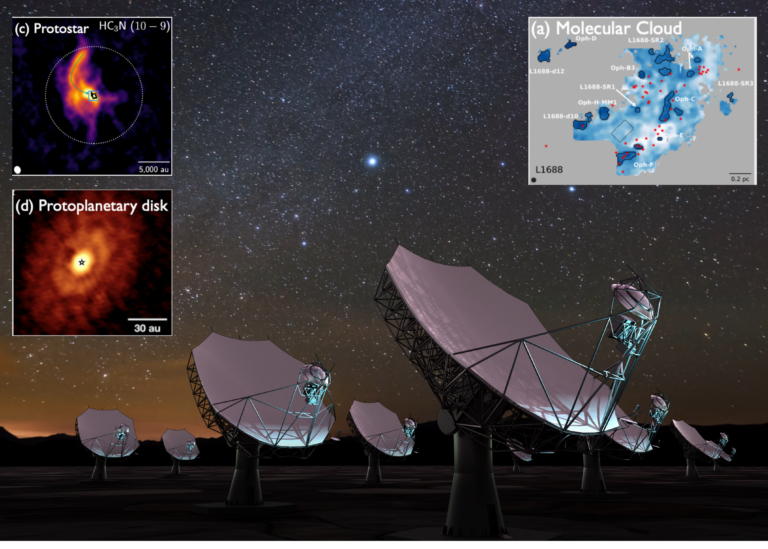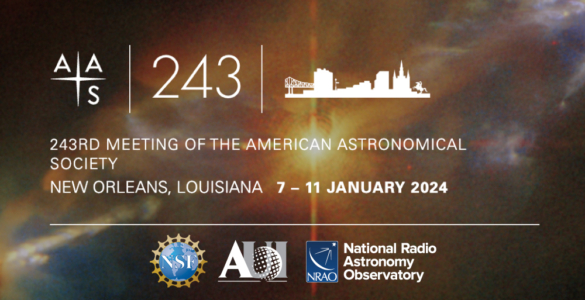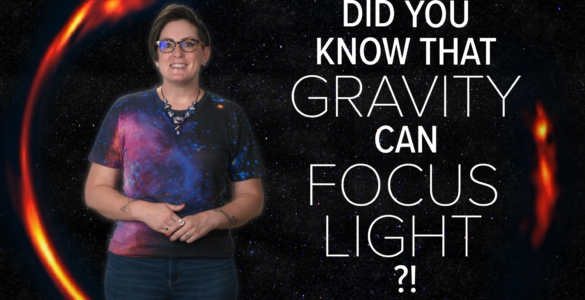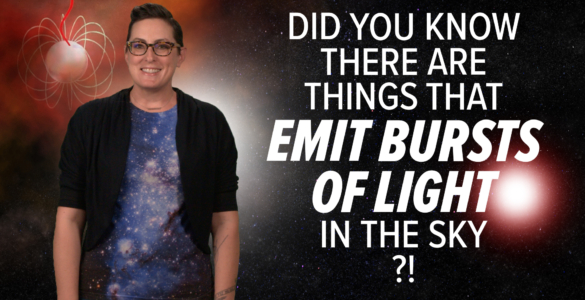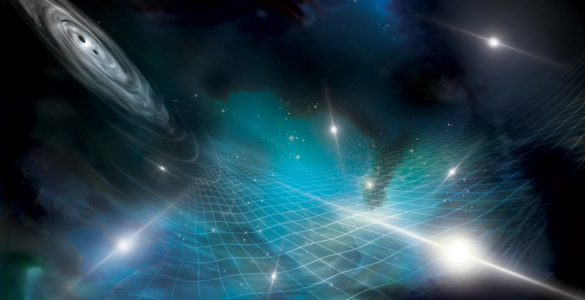From the New Mexico desert to the plains of Western Saxony, the National Radio Astronomy Observatory’s next generation Very Large Array (ngVLA) has brought together American and German radio astronomers to discuss exciting new science opportunities that could be possible with this transformative new facility.
Over the course of two scientific meetings, held in 2022 and 2023, German astronomers have collected 41 highly compelling science cases involving 57 unique authors from 19 German institutions, all aspiring to use the ngVLA.
Why Germany? mtex antenna technology, based in Schkeuditz, Saxony, has been designing and constructing a prototype of the ngVLA antenna. A total of 244 of these radio dishes are planned for the massive instrument. They will work together as a single telescope array throughout New Mexico and the American southwest, along with longer baseline antenna stations located across the North American Continent.
Members of the German radio astronomy community have shown that their science interests are complementary to those of American astronomers. In many science cases, strong synergies and the potential for close international collaborations can be seen, in such examples as Imaging Young Solar System Analogues in Formation, Resolving the Doppler Crisis, Zooming into Feedback Engines, and more. A number of the science cases of interest are already covered in the existing ngVLA science book, with the involvement of German researchers. Additionally, it has been noted that the German community has a particular interest in very-long-baseline science cases that go beyond what has already been captured in the ngVLA Science Book.
Since 2006, German universities and research institutes with an interest in astrophysical science based on observations at meter wavelengths have been organized in the German Long Wavelength Consortium (GLOW). Activities of GLOW have put a strong emphasis on long-wavelength radio interferometers such as the Long-Wavelength Array (LOFAR) and the Square Kilometre Array (SKA). Now, a new working group has been established with a special focus on observations at shorter cm- to sub-mm radio wavelengths, and German astronomers expect the ngVLA to play an important role in this group.
“Some of us were already excited about the ngVLA project, but we did not know what the real interest in our community in Germany is”, explained Prof. Dominik Riechers from the University of Cologne. “We received a very positive response to an initial exploratory workshop we held in late 2022 in Bonn, which made it clear to us that a significant fraction of the German radio-astronomy community has a strong and growing interest in the ngVLA. We thus decided to hold a second workshop in September 2023 in Leipzig, this time with a focus on discussing potential science use cases.” He added, “In addition to members of the German community, we welcomed Tony Beasley, NRAO Director, and Eric Murphy, ngVLA Project Scientist, as well as other international colleagues.” “We are quite honored and excited that the German astronomy community is showing such a strong interest in the ngVLA,” commented Eric Murphy, “and we look forward to them both as prominent users in the future, and as strong collaborators as we continue to work with their community to finalize the ngVLA design.”
“These discussions resulted in the collection and publication of our science interests,” adds Prof. Matthias Kadler from the University of Wuerzburg. “Although extensive, this is not even a complete representation yet,” he was quick to add. “We are in contact with several colleagues who could not finish their science cases in time for this initial volume, but have promised to contribute in the future.”
“We hope that our excitement about these developments will continue to transfer to the many young astronomers that have been participating in our workshops, who will be in the prime of their careers when the ngVLA comes online,” Riechers added.
About NRAO
The National Radio Astronomy Observatory (NRAO) is a facility of the National Science Foundation, operated under cooperative agreement by Associated Universities, Inc.
NRAO Media Contact
Corrina C. Jaramillo Feldman
Public Information Officer – New Mexico
VLA, VLBA, ngVLA
Tel: +1 505-366-7267
cfeldman@nrao.edu


